Lenders make credit available to borrowers in several different forms, from credit cards to lines of credit to long-term loans. What they all have in common is that they provide access to money, which you can spend and must repay with interest.
The form of credit you use at any given time depends on several factors, including the amount you want to borrow, the way you plan to use the money and the schedule on which you repay what you owe. Despite the variety, however, all borrowing falls into two broad categories: installment loans and revolving loans.
Installment loans
An installment loan, sometimes called a closed-end loan, is one you pay back in regular payments over a specified period of time. Each payment includes a predetermined portion of the principal plus the interest that's due. You apply for the amount of money you need, and if you're approved, you receive the full amount at one time. When you've made your final payment and the loan is considered repaid, you have satisfied your commitment to the lender.
An installment loan provides money for specific expenses. You know how much you have to spend and how much you must repay. However, if you need to borrow more, you'll probably need to complete another application.
 Revolving loans
Revolving loans
A revolving loan, also called a line of credit, works differently than an installment loan. The lender establishes a maximum amount you can borrow, called your credit limit. You don't have to borrow the full amount of the credit limit, but rather can borrow amounts as you need them, up to the limit, to pay for certain purchases. Payments that are due are based on the balance you have borrowed, not on the amount available to you. As you repay the borrowed money, you typically have access to it again, up to your full credit limit.
Credit cards are also a form of revolving credit. You have a maximum credit line, which you access as you use the card to make purchases. As you repay your outstanding balance, either in full or in monthly payments, you can borrow that amount again, up to your credit limit. In contrast, a charge card allows you to make purchases, but you must pay the full amount you owe each billing period.
A revolving line of credit allows you flexible access to credit. That can be a more economical approach than borrowing a lump sum of money. Of course, it requires discipline not to access the line for purchases you could do without.
Defining a Loan
Typically, people use the word "loan" to refer to both installment credit and revolving lines of credit. Curiously, though, very few of them describe using a credit card as taking a loan. But, in reality, that's exactly what they're doing.















 What Your College Freshman Needs to Know About Finances.
What Your College Freshman Needs to Know About Finances. 
